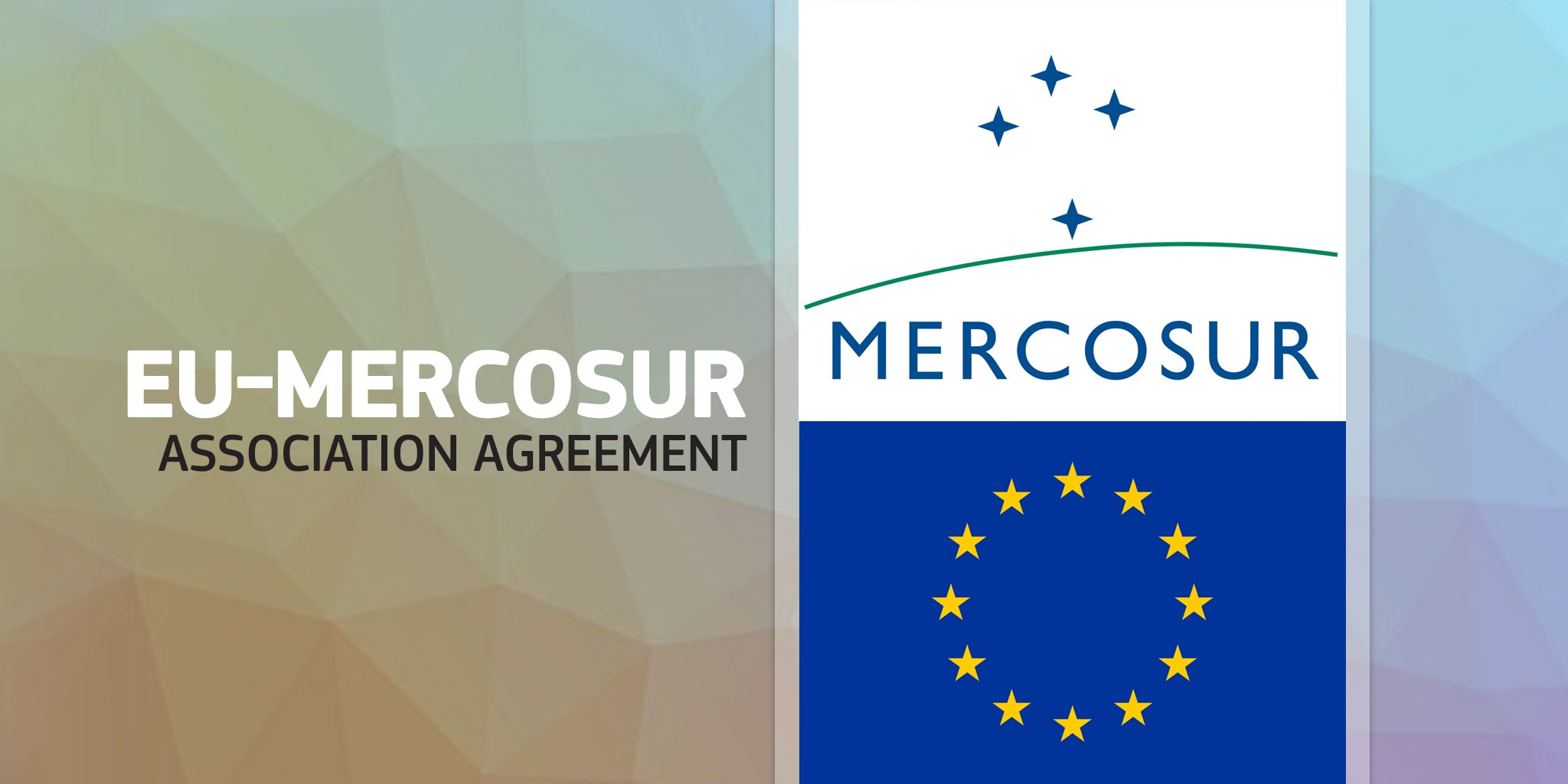El artículo de Celia Lerman, “EU-Mercosur Trade Agreement Increases Protection for Trademarks and Geographical Indications”, ha sido publicado en el INTA Bulletin (15 Septiembre 2019, Vol. 74, No. 16). A continuación el acceso al artículo, en inglés.
Contributor: Celia Lerman, Lerman & Szlak, Buenos Aires, Argentina
Emerging Issues Committee, AI and Decisions by Machines Subcommittee
Verifer: Rita Colombo, Mitrani, Caballero & Ruiz Moreno, Buenos Aires, Argentina
After 20 years of negotiations between regional blocks, the principles of the EU-Mercosur Trade Agreement (Agreement) were concluded on June 28, 2019. The European Union (representing its 28 members, including the United Kingdom) and Mercosur (Argentina, Brazil, Paraguay, and Uruguay) have reached a draft text that includes these benefits: the elimination of more than 90 percent of customs duties for trade on certain products; higher standards on food safety, animal health, and plant health; higher goals for sustainable development; open trade in services and establishment; and rules on e-commerce and data protection, among other commercial benefits.
Regarding intellectual property (IP) rights, the principles address provisions on copyright, industrial designs, plant varieties, trademarks, patents, and geographical indications (GIs). They also tackle the protection of trade secrets, rules on civil and administrative rights, and border enforcement of these rights. Additionally, they include provisions on technological and information management protection measures.
On trademarks, the principles of the Agreement include an important reference to both the Madrid Protocol for the international registration of trademarks (which was recently ratified and will enter into force in Brazil on October 2, 2019, and the Nice Agreement concerning the international classification of goods and services. The draft text also refers the parties to make reasonable efforts to accede to the Singapore Treaty on the Law of Trademarks.
The Agreement aspires to grant minimum levels of protection with articles relating to registration procedure, to the rights conferred to the trademark holder, and to the invalidation of trademark applications submitted in bad faith. It is important to note that Mercosur members do not share a common trademark registration procedure or any equivalent of the European Union Intellectual Property Office.
On GIs, Mercosur has committed to protect 335 European GI names for beverages and food products, and the EU will also protect 220 of Mercosur’s GIs in its territory. As a consequence, the use of a GI for goods which do not have that geographic origin will be prohibited, and expressions such as “kind,” “type,” “style,” “imitation,” and the like will not be allowed. Furthermore, the Agreement protects GIs from the misleading use of symbols, flags, or images suggesting a “false” geographical origin.
Other treaty references made on the EU’s proposed “Chapter on Intellectual Property Rights” include compliance with the World Intellectual Property Organization (WIPO) Copyright Treaty, the WIPO Performances and Phonograms Treaty, the Geneva Act of the Hague Agreement on the international registration of industrial designs, the Nice Agreement concerning the international classification of goods and services for the purposes of the registration of marks, the World Trade Organization’s Agreement on Trade-Related Aspects of Intellectual Property Rights (the TRIPS Agreement), the International Union for the Protection of New Varieties of Plants (UPOV), and the Patent Cooperation Treaty (PCT) (encouraging non-member countries Argentina, Paraguay, and Uruguay to join the PCT in order to accelerate their patent application process and enhance its legal certainty).
The principles of the Agreement aim to balance the interests of both regions, and to advance their progress with IP rights protection as a fundamental pillar. Final negotiations between the blocks will determine the definitive impact of the Agreement on each party’s members’ legislative frameworks.
Although every effort has been made to verify the accuracy of items in the INTA Bulletin, readers are urged to check independently on matters of specific concern or interest. Law & Practice updates are published without comment from INTA except where it has taken an official position.



